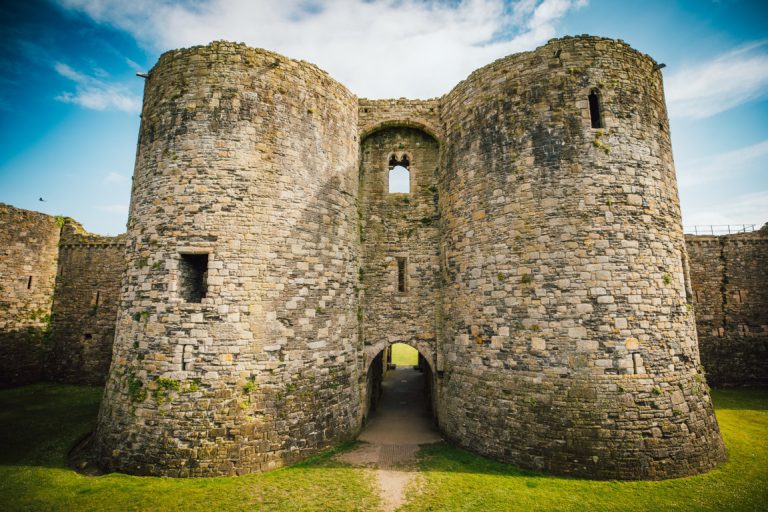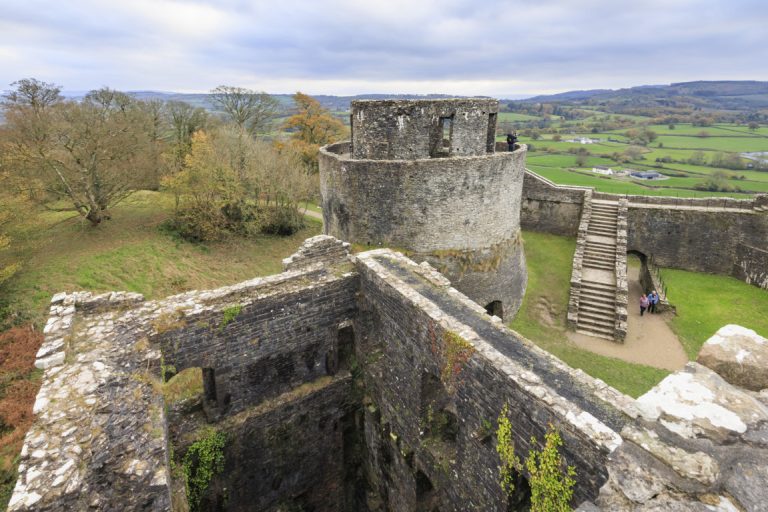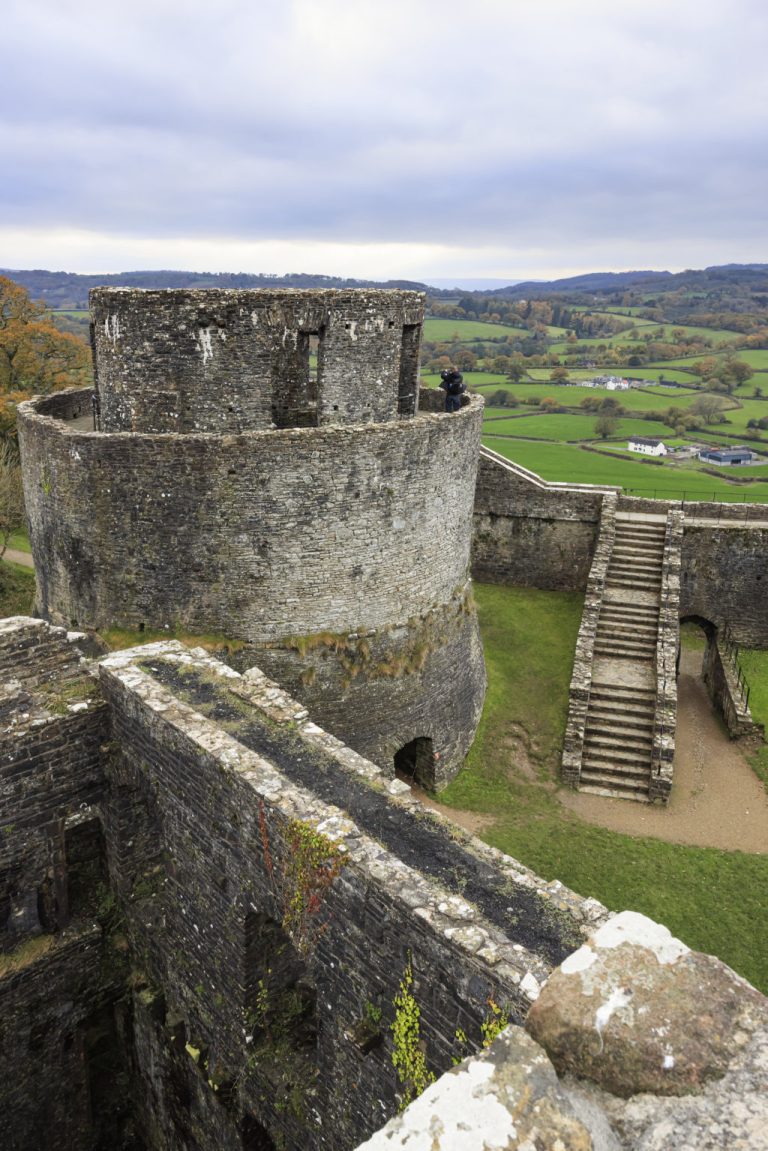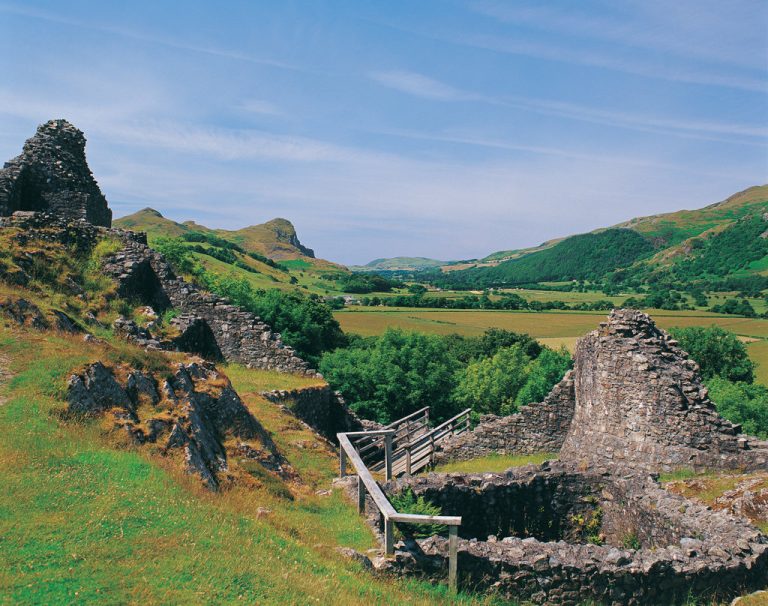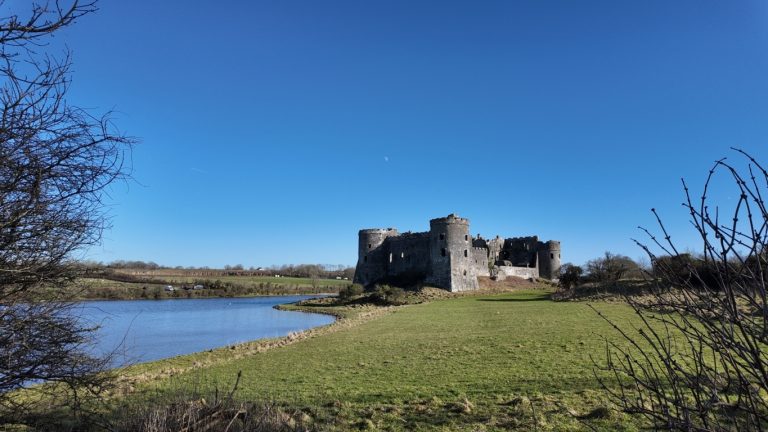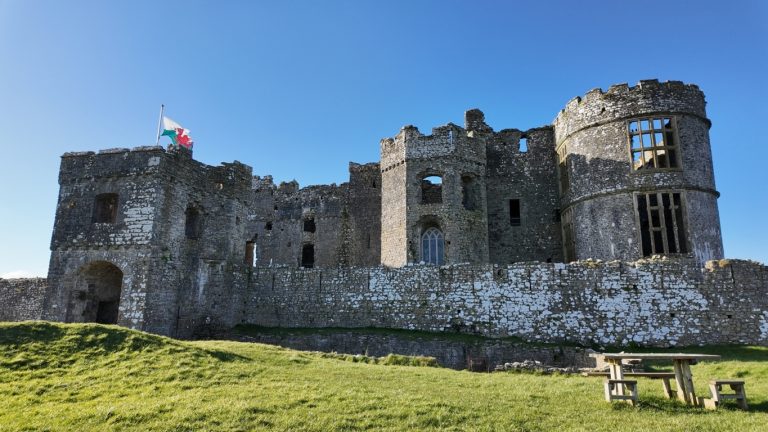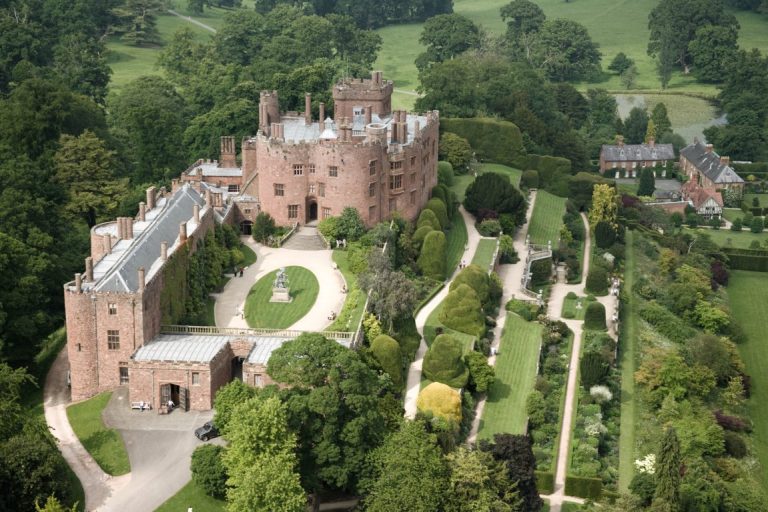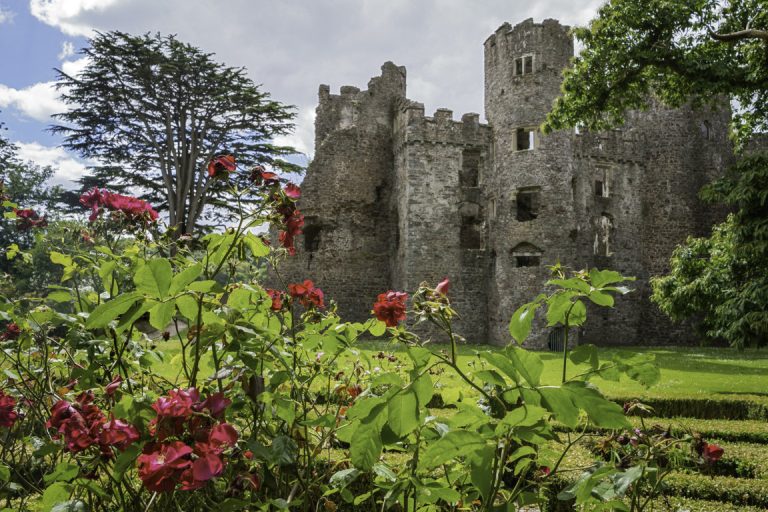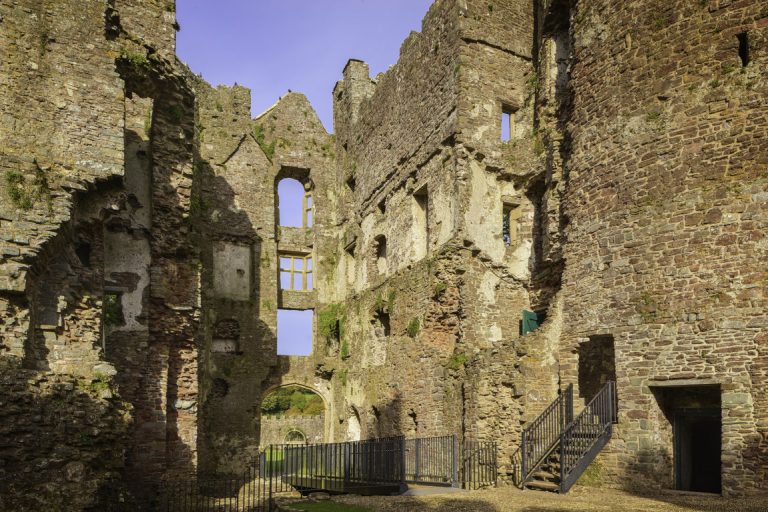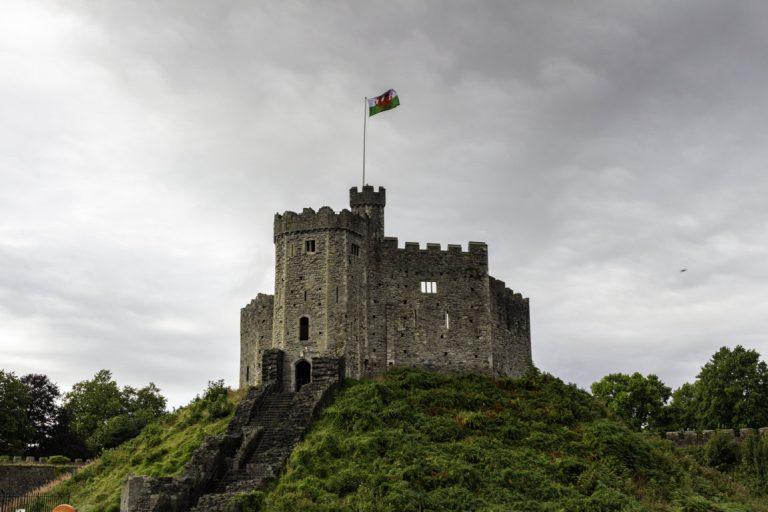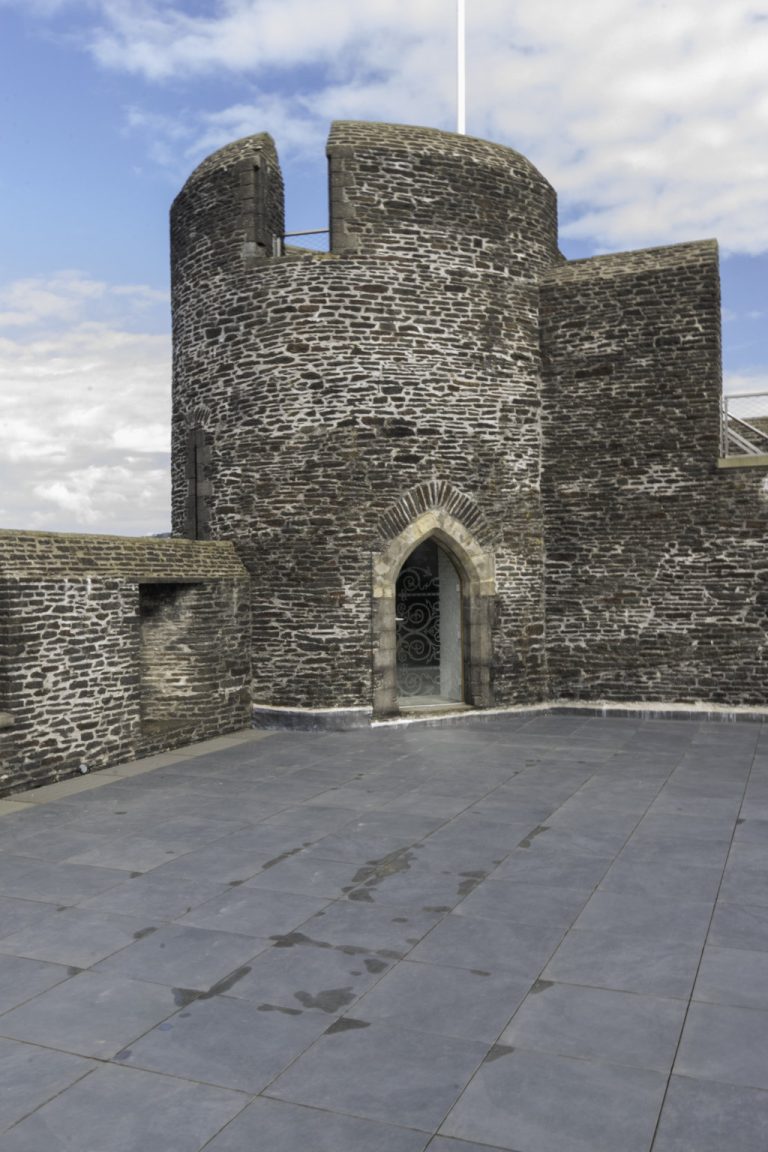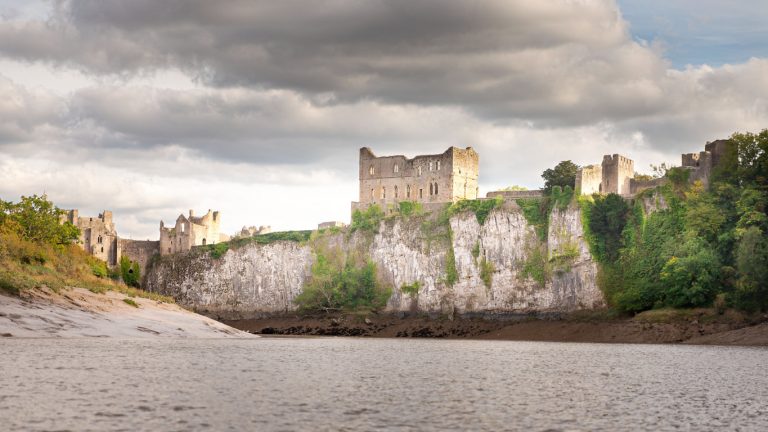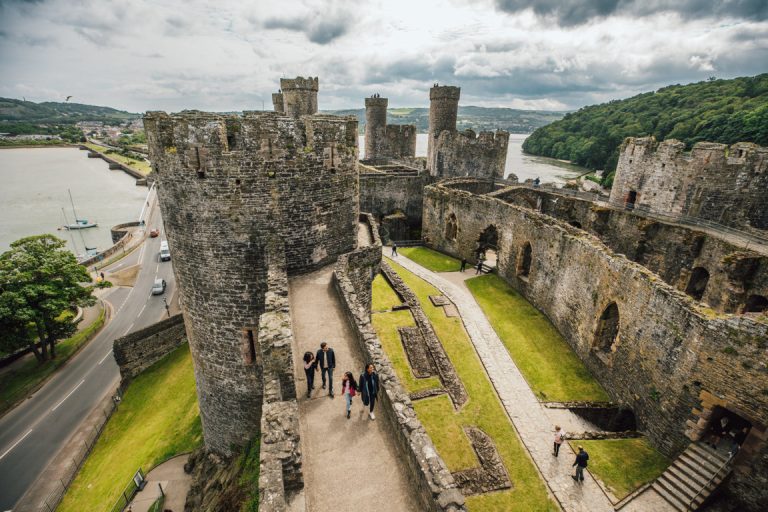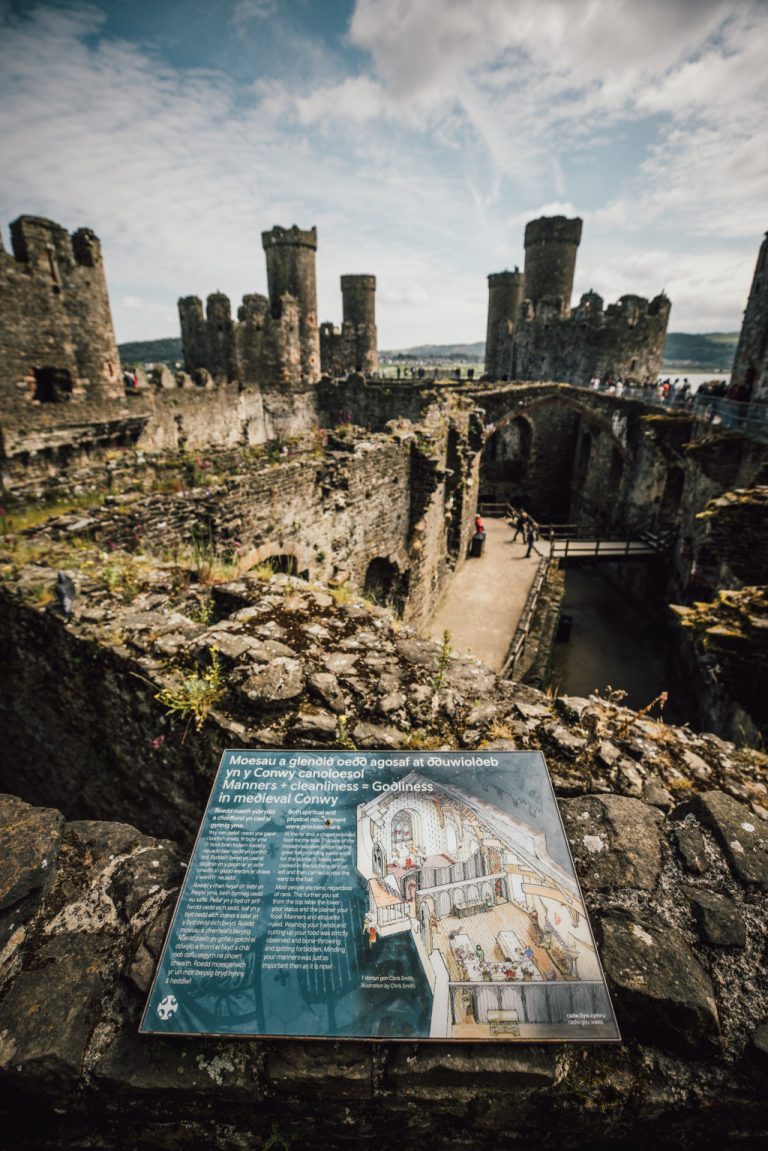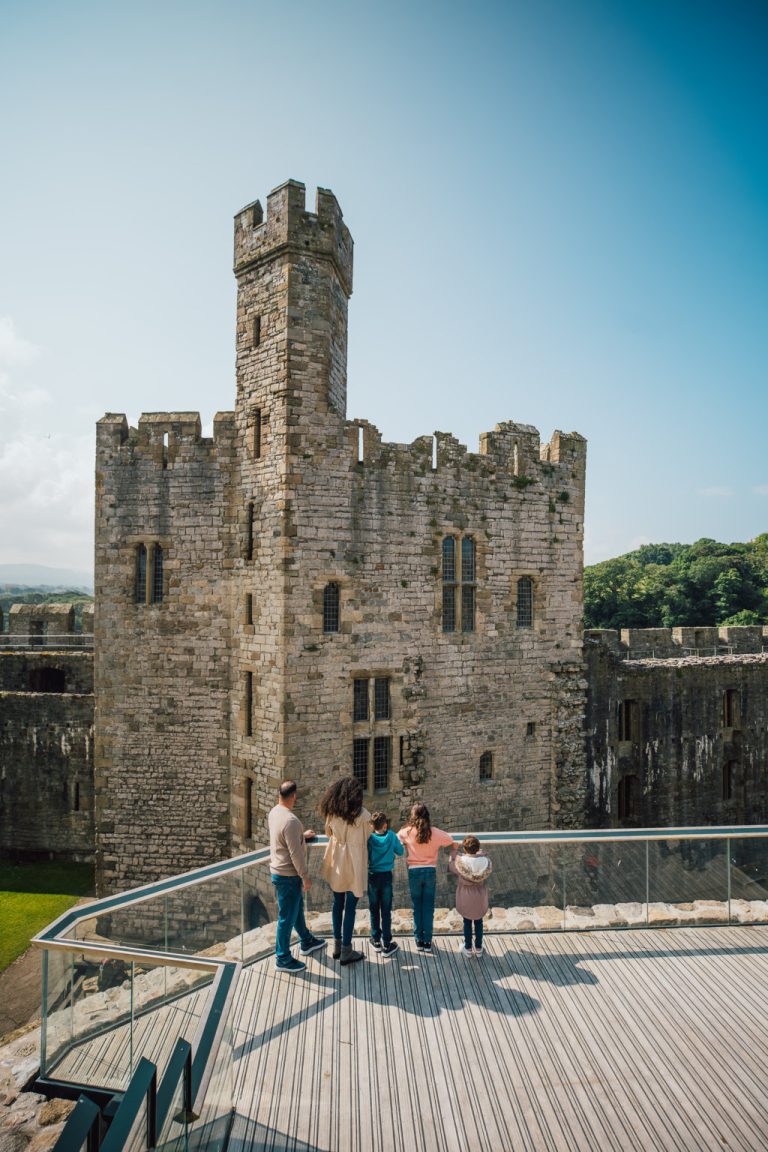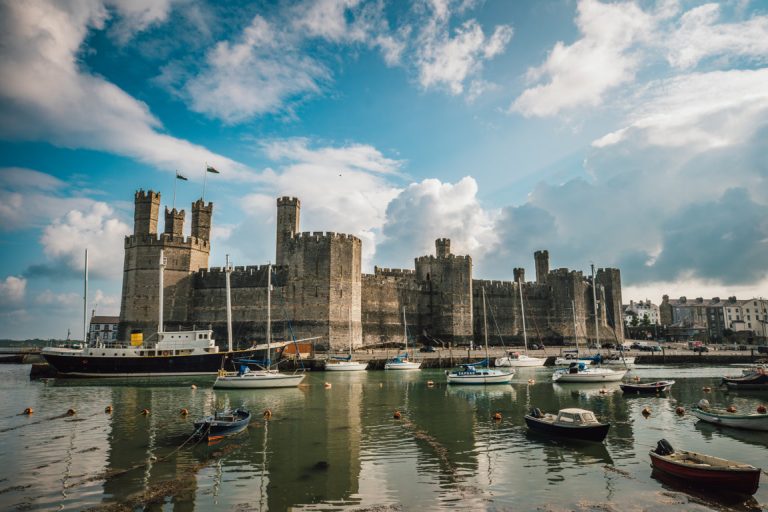Walls & legends: Wales and its castles not to be missed
Wales is a magical land, a place where wild nature merges with a millenary history, made of legends, battles, and culture.
When you think of Wales, you often imagine green hills, fairytale castles, and a proud people who jealously guard their traditions. And rightly so: this region is one of the richest in historical and cultural heritage in the United Kingdom, and its castles are among the most impressive and evocative you can visit in Europe.
Beaumaris Castle
Visiting Wales means immersing yourself in a living story, made of stones, battlemented walls, and towers that seem to defy time. These castles are not just monuments: they are symbols of an identity forged amid the challenges of peoples and dynasties, between invasions and revolts, between the desire for autonomy and the will to protect their land. More than 400 castles scattered over a relatively small territory make Wales a true open-air museum. The variety and quality of these fortresses are astonishing: from ruins wrapped in silence, to imposing medieval constructions perfectly preserved, to aristocratic residences transformed over the centuries into sumptuous homes.
Setting out to discover Welsh castles is therefore much more than a simple tourist itinerary. It is a journey into the heart of British history, but also a splendid opportunity to discover landscapes of rare beauty, with wild coasts, green valleys, and towering mountains. It is an invitation to walk hidden paths, to get lost in villages that preserve the atmosphere of times gone by, and to be enchanted by a heritage that speaks of poetry, courage, and resilience.
Dinefwr Castle
Dinefwr Castle
One of the most emblematic castles to understand the cultural soul of Wales is undoubtedly Cardigan Castle. Originally built in stone by Lord Rhys, the most powerful Welsh ruler of the 12th century, Cardigan is also the place where the tradition of the National Eisteddfod was born, the great festival of music and poetry that still today represents the beating heart of Welsh culture. In 1176, Lord Rhys gathered artists and poets right in this castle to celebrate the completion of the stone walls. Today, Cardigan is a place where history renews itself every day, with interactive exhibitions that tell its millenary story, a restaurant offering views over the River Teifi, and hanging gardens that enchant with over 130 varieties of plants. Walking along its paths means touching the vitality of a tradition that continues to live, in a perfect blend of past and present.
Continuing the journey, one encounters Dinefwr Castle, which for centuries was the beating heart of the Kingdom of Deheubarth, one of the most important political entities of medieval Wales. Here reigned Hywel Dda, known as “Hywel the Good,” who was the first ruler to codify Welsh laws, a legal system deeply rooted in local traditions. The castle ruins lie immersed in a nature reserve, where pristine nature frames a heritage of extraordinary importance. From atop the walls, the view stretches across the Tywi Valley, offering an experience of peace and contemplation. Not far away is also the 17th-century manor house, managed by the National Trust, which allows visitors to immerse themselves in the atmosphere of a later era when aristocratic life mingled with local traditions.
Castell-y-Bere.
Carew Castle
Carew Castle
In the north, within Snowdonia National Park, Castell y Bere tells a story of frontier and resistance. It was built by Llywelyn the Great, one of the greatest Welsh rulers, who sought to unify Wales in the 13th century. This castle was a strategic outpost that protected his principality from invaders and enemies. Today, its ruins are nestled in a serene valley at the foot of Cader Idris mountain, creating a timeless atmosphere perfect for those who love nature and history. The surrounding landscape is breathtaking, with rolling hills, woods, and streams inviting long walks amid stunning panoramas.
In the southwest, Carew Castle represents another extraordinary example of how the past can tell stories of life, love, and power. This castle overlooking the waters of a tidal mill is linked to the figure of Nest, a woman famous not only for her beauty but also for her political and social influence in the Middle Ages. Nest had numerous children from different relationships, and it is said that many noble European families descend from her, including, according to some legends, George Washington and Princess Diana. The castle, with its rounded towers and wide courtyards, is immersed in a romantic atmosphere, perfect for those seeking an experience that combines history and scenic charm.
Powis Castle
Laugharne Castle
Laugharne Castle
Another architectural jewel is Powis Castle, which with its terraced gardens is one of the most fascinating residences in Wales. Its origins date back to the 13th century, but its current magnificence is the result of the work of the Herbert family, who in the 16th century transformed the castle into a palace decorated with paintings, tapestries, and period furniture. Its gardens, carefully tended, represent an oasis of tranquility and beauty, with terraces offering breathtaking views of the surrounding valleys. Here history and nature merge in perfect balance, making Powis an ideal destination for families, art lovers, and nature enthusiasts.
Laugharne Castle, in Carmarthenshire, has a particular and fascinating history. This castle witnessed eras of conflicts and transformations but is also linked to culturally significant figures. The poet Dylan Thomas spent much time in Laugharne, and it is said that the atmosphere of this place influenced some of his most famous works. The castle itself is a monument to the struggles that have marked Welsh history, having withstood numerous battles and sieges. Its ruins are enveloped in a romantic and melancholic atmosphere, and its Victorian gardens offer a pleasant break immersed in nature.
Cardiff Castle
Caerphilly Castle
Chepstow Castle
In the center of Cardiff, the Welsh capital, stands Cardiff Castle, a monument that tells centuries of history. Its foundations date back to Roman times, but the structure you can visit today mainly reflects the transformations made in the 19th century by the very wealthy Marquess of Bute. His passion for architecture and art transformed the castle into a splendid neo-Gothic residence, with sumptuous interiors, rich decorations, and refined details. Cardiff Castle is a landmark for the city and a place where the past meets the present, offering visitors a unique experience between history, art, and culture.
If you wish to admire the largest medieval fortress in Wales, Caerphilly Castle is a must-see stop. Built in the 13th century to consolidate Norman control in the region, it is famous for its imposing walls and water defenses system, among the most advanced of the Middle Ages. Besides its architectural grandeur, Caerphilly also offers an interactive experience for families and children, with reconstructions of medieval weapons and the famous “Dragon’s Lair,” where animatronic figures enchant younger visitors. Chepstow Castle, located along the border with England, is another example of a significant Norman castle. Founded shortly after the Norman conquest, it is famous for having the oldest wooden door still existing in Europe. Its walls extend along a rocky ridge overlooking the River Wye, offering a spectacular panorama and an atmosphere of border between two cultures.
Conwy Castle
Conwy Castle
Caernarfon Castle
Caernarfon Castle
In Conwy, there is one of the best-preserved castles in all of Europe. Designed by Edward I’s court architect, James of St George, the castle is a masterpiece of medieval engineering. Its eight towers, imposing walls, and interiors with perfectly preserved royal rooms allow you to imagine court life in the 13th century. The castle dominates the town and the river, offering spectacular views and an unparalleled historical experience. One cannot talk about Welsh castles without mentioning Caernarfon, a symbol of power and prestige. The construction of this imposing castle lasted almost fifty years and cost a fortune, but it was worth it: it is a masterpiece of military and symbolic architecture, designed to impress and dominate. Here Edward II, the first Prince of Wales, was born—a title today representing the heir to the British throne. Its polygonal towers and colored stone make it a unique monument, included along with other Edward I castles in the UNESCO World Heritage Site.
Finally, Harlech Castle, perched on a cliff overlooking the ocean, is one of the strongest symbols of Welsh resistance. It was the residence of Owain Glyndŵr, the legendary leader of the last great Welsh uprising against English occupation. Its epic story, full of heroism and struggle, is celebrated in the traditional song “Men of Harlech.” The castle endured one of the longest sieges in British history, and today it stands as a testament to the tenacity and pride of the Welsh people.
In conclusion, Wales is a destination that surprises for the richness of its historical and cultural heritage, but also for its ability to bring the past to life in an authentic and engaging way. Each castle is an invitation to discover a piece of history, to immerse oneself in dreamlike landscapes, and to meet a people proud of their roots. Whether you are passionate about history, nature lovers, or simply curious travelers, Wales with its castles will welcome you with its magic and timeless charm. A trip to Wales is not just a vacation; it is an exciting experience, a journey among millenary stones, legends of heroes, and postcard landscapes that remain in the heart and soul of those who live it.
Don’t miss news, updates, and reviews from the world of cruises on Cruising Journal.

